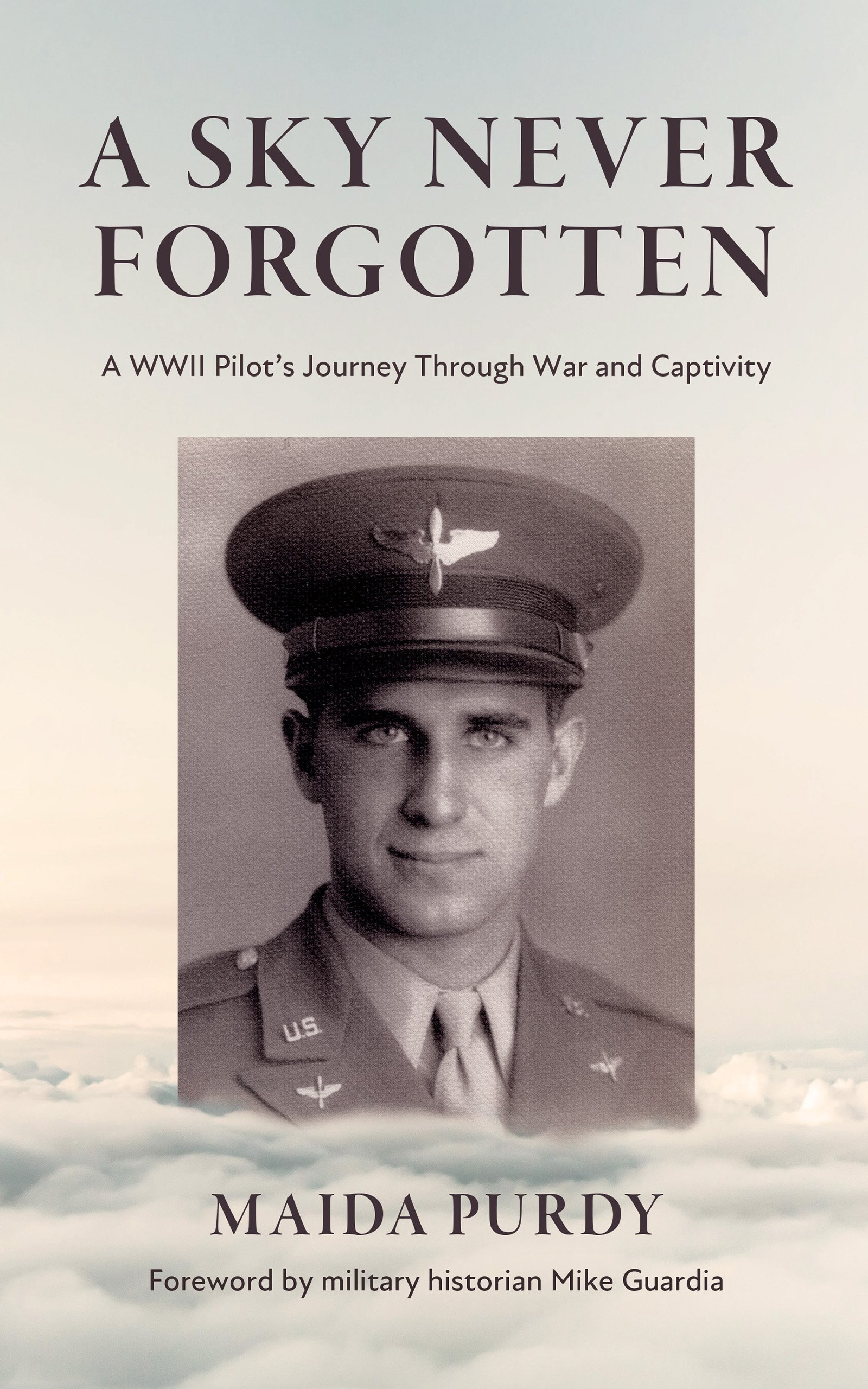Samuel D. Rose - Deployment
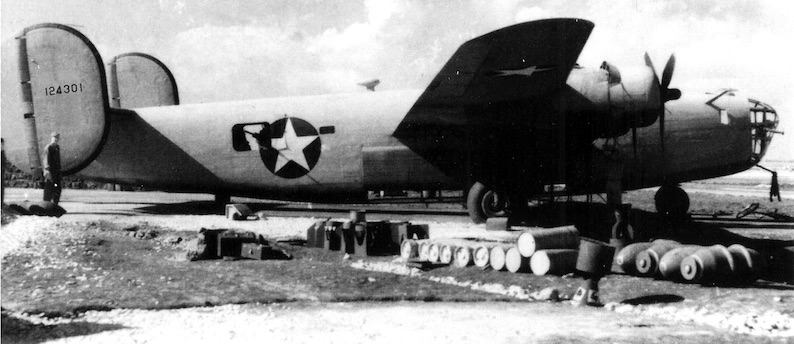
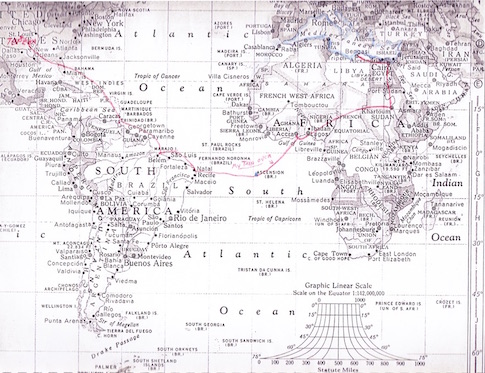
On the 8th of March 43 we scraped the snow off our planes (6 or 7) and headed for Morrison field West Palm Beach, Fl. We were last to get off the ground By the time we got to Florida a big storm was over Morrison so we set down at Hendricks field Fl. and took off the next morning for Morrison. When we got off the plane every body but us was in shorts. We were in sheep skin flying clothes and boots.
We spent the day on the base, Ralph the copilot scrounged a 1/2 case of toilet paper for later use. We took off at midnight for Waller A.B. Trinidad. We went to the officers club that night and all the soda pop was ginger ale (English Island). We parked the plane back in the trees, so I had a man setting on each wing to guide me. It didn't help, I put a dent in a wing tip by a tree. The rest took off the next day but we checked out the dent, not bad so took off the 12th for Belem Brazil.
Belem is near the mouth of the Amazon river, east a little, all a part of the delta swamp. We took a taxi to town that night, I found out-that if you honk your horn and run over some one you are in the clear, so every body drove with one hand on the horn button$. There were no crosswalks so every body crossed anywhere. What a mess when all was blacked out for the war. The next day we went to Natal Brazil, on the far east coast. We weren't allowed off base and it looked like West Texas, Nothing. They gassed up the planes from 5 gal. cans, and it took a bunch. All the gas was strained through chammy skin to get out the dirt and water. The next day we took off for Ascension Island, about due East of Natal and 10 hrs. and 30 minutes flying time. The island is the top of a Volcano made of 2 peeks with just room for a short runway between. The runway has a hump in the middle about 50 feet high. You land up hill, stop going down, or run off into the water. After you land, you taxi back up and over to park in a small space off the west end, before any body else can land. There's no vegetation any where except on top of the north peak, which is almost always covered with a cloud. We took several bags of mail to the ground crews there and they swiped all our reading material, books, magazines etc.
From there we went north east 9 hours to Accra on the Gold Coast of West Africa, English controlled. We spent 2 days there where the colored boys on the field washed our plane with gas then water for a pair of old G I shoes. Midgley my bombardier went to town and bought and ate a fresh pineapple which gave him diarrhea for the next two thousand miles.
We took off for Maiduguri Nigeria but ran into a huge storm, worst I've been in. We set down at Ikeja Nigeria after 3 1/2 hours. They had hundreds of people planting grass alongside the runway as we came in, no storm there.
The next day we went on to Maiduguri Nigeria 5 1/2 hours flight time. The land there is flat and dry with funny looking trees, like you see in African game country. We saw no game. We saw many mud house and villages as we passed over. All reddish. We had to make two passes over the runway to get the goats, people and donkeys off first.
From there we went to Khartoum Sudan where the Blue and White Nile came together. We stayed in an old fort built around about two acre parade ground. There was one building completely around the square, with many doors opening into the square. The roof was flat with stairs going up from the open square in many places. The wall extended about 4 feet above the roof. We all slept on the roof on a rope laced bed frame about four inches high and 5 1/2 feet long, no mattresses etc. The weather was fine, so in our clothes the night went well.
From Khartoum we went on to Cairo Egypt. About a hundred miles before we got there we saw a huge dust cloud over Cairo. We flew into it along with two B25s and a DC-3. The airport was a flat spot across the river from Cairo and was covered with British planes of all types waiting to be fixed. There was just one way to come in to get the planes lined up so you had room between them. With all the dust you could see straight down but that was all. The radio tower asked us all who had gas left. The two B25s were very short so they were cleared first. One of them crashed in the rock quarry near the field. The others made it in, the DC-3 then me. They picked us up in trucks and cars and took us to a base about 10 miles away. The next day we went back to Cairo and spent the day sight seeing. We hired a guide and went to the great Pyramid of Kherfu (cheops) and went up inside. We saw the Sphinx and the temple where they made the nobility into mummies. We rode camels and got a few old copper coins from the driver, probably made the night before. Every where we went a bunch of kids followed begging. From Cairo we flew to Soluch Libya and joined the 376 Bomb Group. That was the 25th of March 1943.
Soluch was a little place, a few buildings and trees, a well and railroad station all bombed out.
This was the southern end of the narrow gauge Bengazi-Barcy-Soluch railroad out across the desert, going only to those towns. All the rolling stock I saw was a small diesel engine with four wheels and two small flat cars loaded with natives. They said it stopped any time someone wanted on or off. The town was about two blocks square.
!t had gardens beyond, irrigated from the well in little concrete troughs about six to eight inches square, with openings into the garden. The soil was thin, over a limestone base. It is like our hard pan here. The air field was the ground smoothed off, with a trailer and generator parked in the middle. The beacon was a pyramid of lights and eight feet high on a trailer. When we took off or landed, you could see the dust cloud for 20 miles.
They tried to use some B17s in the desert but the sand ate the engines up in one or two missions. The air intake was in the leading edge of the wing, where ours was in the cowling of the engine, some what out of the dust. I was assigned to the 376th Bomb Group and the 514th Sqd. C.O. was Cap. Norman C. Appold and the group C.O. was a 28 year old ex P40 pilot named Col. Keith K. Compton, both nice guys.
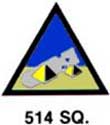
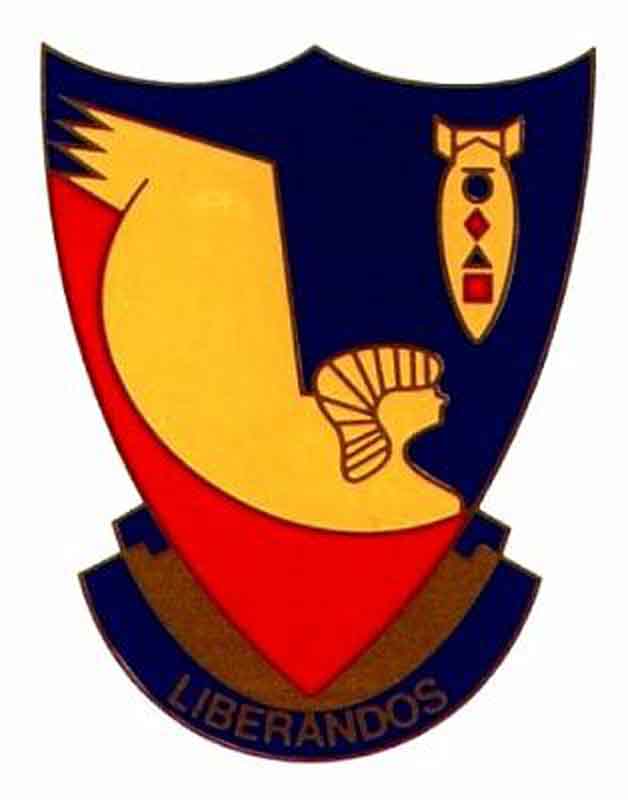
The website 376bg.org is NOT our site nor is it our endowment fund.
At the 2017 reunion, the board approved the donation of our archives to the Briscoe Center for American History, located on the University of Texas - Austin campus.
Also, the board approved a $5,000 donation to add to Ed Clendenin's $20,000 donation in the memory of his father. Together, these funds begin an endowment for the preservation of the 376 archives.
Donate directly to the 376 Endowment
To read about other endowment donation options, click here.
Reunion
NOTE change in the schedule !!
DATES: Sep 25-28, 2025
CITY:Rapid City, SD
HOTEL: Best Western Ramkota Conference Hotel; 2111 North LaCrosse St., Rapid City, SD 57702; 605-343-8500
Click here to read about the reunion details.




















